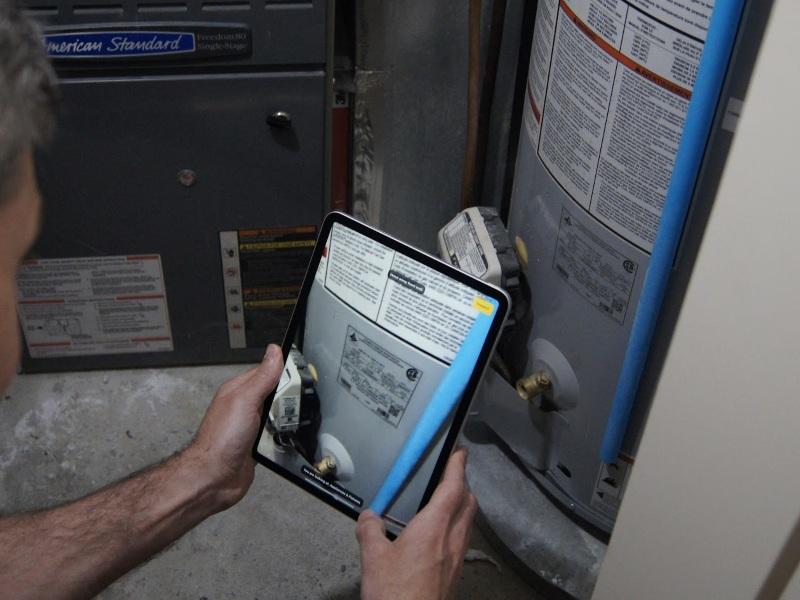
Magna International (MG-T) is hoping to push the electric vehicle (EV) industry forward with the introduction of its 800V eDrive powertrain.
Described as a "next generation solution," the new system delivers gains in efficiency, power-to-weight ratio and torque density that the company believes puts it at the forefront of eDrive technology.
Unveiled on Jan. 9 during the CES 2024 tech show in Las Vegas, the 800V system incorporates several engineering advances that could enhance EV performance during the coming decade.
Magna says the new eDrive establishes new EV industry benchmarks and enables automakers to produce higher-performing EVs with extended driving range and faster charging times, two of the most critical factors affecting the pace of EV adoption.
"We are steadfast in our commitment to creating exceptional driving experiences while supporting a sustainable future," Diba Ilunga, president, Magna Powertrain, said in a release accompanying the eDrive launch.
"Through seamless integration of our systems, we have successfully reduced our reliance on aluminum and heavy rare earth materials, resulting in a significant reduction of CO₂ emissions during production by approximately 20 per cent compared to previous generation eDrives."
Lighter, smaller, more flexible design
The 800V eDrive also provides reductions in weight and size due to its streamlined 75-kilogram design and 20 per cent reduction in height compared to Magna's prior generation eDrive. EV manufacturers can also rotate the eDrive 90 degrees around the drive axis, allowing for greater flexibility in front and rear vehicle installation.
Magna, North American's largest automotive parts manufacturer with $32.3 billion in sales revenue for the nine months ended September 30, 2023, claims its 800V system improves "real-world WLTC (worldwide harmonized light vehicles test cycle) and highway driving" performance by 93 per cent across a wide range of vehicle speeds, reflecting gains in both energy efficiency and versatility.
Apart from reducing energy consumption, another benefit is a reduction in rare earth minerals used in the permanent magnets, and to prevent overheating and demagnetization. Expensive and heavy elements such as terbium have been eliminated and prozium usage reduced by over 50 per cent.
An active cooling system extracts heat from the magnets.
All this results in a reduction of rare earth materials from one per cent to 0.5 per cent as a proportion of overall material composition of the powertrain.
Magna is currently developing several motor designs which have reached the advanced engineering and test phase that can run entirely without magnets that the company believes is "the ideal sustainability result."
Moving to an 800-volt system
To put the technological advance represented by the "next generation" 800V eDrive in perspective, eDrives being produced by Magna and other powertrain manufacturers are currently running at 400 volts. The 800-volt system is expected to become the new standard for eDrives owing to the reduced charging times and extended driving range.
"There's been some discussion in the industry about going a little bit higher, but I think 800 volts is here for many years to come," Mike Dowsett, chief engineer, Magna eDrive systems, said in an interview with Sustainable Biz Canada. "This makes perfect sense from all of my electrical understanding. The big areas of improvement are around power and torque density."
"When we compare power to weight or torque to weight, for example, we've made a 68 per cent improvement in the power-to-weight ratio, which is a massive upgrade compared to the units in production today.
"Correspondingly, torque density has gone up by 47 per cent which is another massive leap forward in torque-to-weight ratio."
Move to 800V system dictated by demand for faster charging times

Reducing EV charging times gives added impetus to corporations and consumers to switch to electrified vehicles.
"Faster charging time is what is really driving the industry towards 800 volt and there are common-sense improvements deriving from this new system," Dowsett explained. "I believe that we can expect at least a 10 per cent improvement in charging time in the move from 400 to 800 volt, maybe even more.
"Our 800V eDrive system delivers much faster charge times because the electrical losses are much less. When you plug your electric vehicle in, the energy coming out of the charger isn't what we put in the car. There's this thing in the middle called losses, and when you go to 800 volt, those losses are much less. Therefore the charge time becomes much quicker."
Dowsett has spent his entire 26-year career as an automotive engineer working on eDrives in Europe and North America. He previously worked for Ford Motors before joining Magna's electrification team in Troy, Mich.
He is also "thrilled" over how his team's new eDrive has "managed to make major progress in lowering our need for heavy rare earth materials in magnets."
Improved EV range will impact transport sector
Apart from the mid-size to luxury sedan consumer market, the light transport segment of the EV industry is another sector Magna believes will reap considerable cost savings and efficiencies.
The projected 10 per cent reduction in charging times will be augmented by an expected five per cent to 10 per cent extension in driving range.
"This is a (welcome) improvement and benefit especially in commercial use vehicles where you want them on the road as long as possible," Dowsett said. "The reduction in charge time, if you talk about delivery vehicles, for example, is absolutely critical and it improves a company's revenue stream."
Dowsett said it's difficult to provide exact estimates of gains in driving range, but he's optimistic the advances will help boost the EV market.
"Of course, when you talk specifically about the range of EVs and likely improvement due to efficiency gains, this is dependent on many factors – the size of the battery, the size of the wheels, the weight and the aerodynamics.
"However . . . we can expect between 20 to 40 miles (32 to 64 kilometres) of added range just from this step-up in efficiency on the eDrive. And although the level of improvement in range depends on many factors and it's hard to provide exact numbers, the (gain in range) is real."










